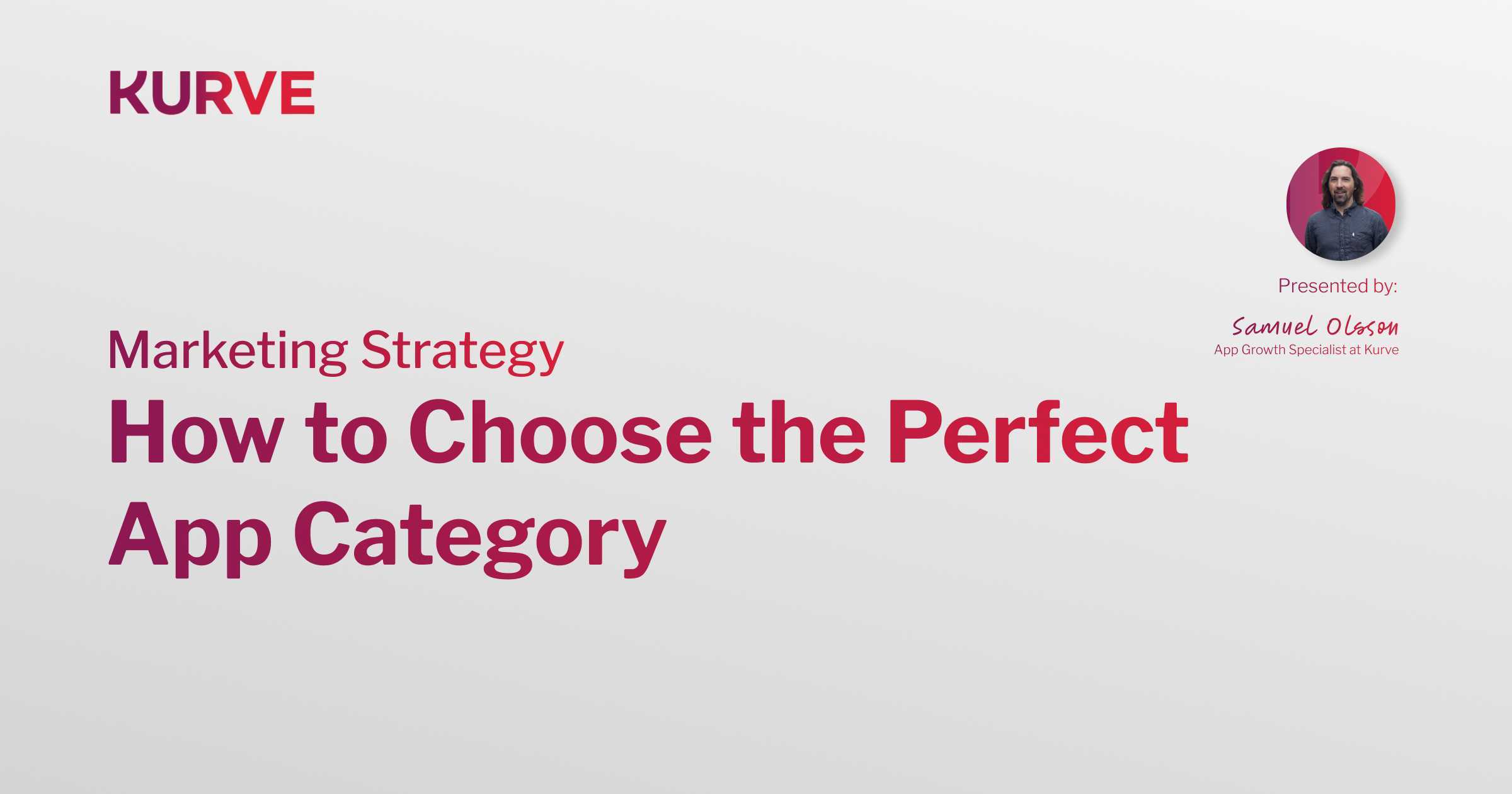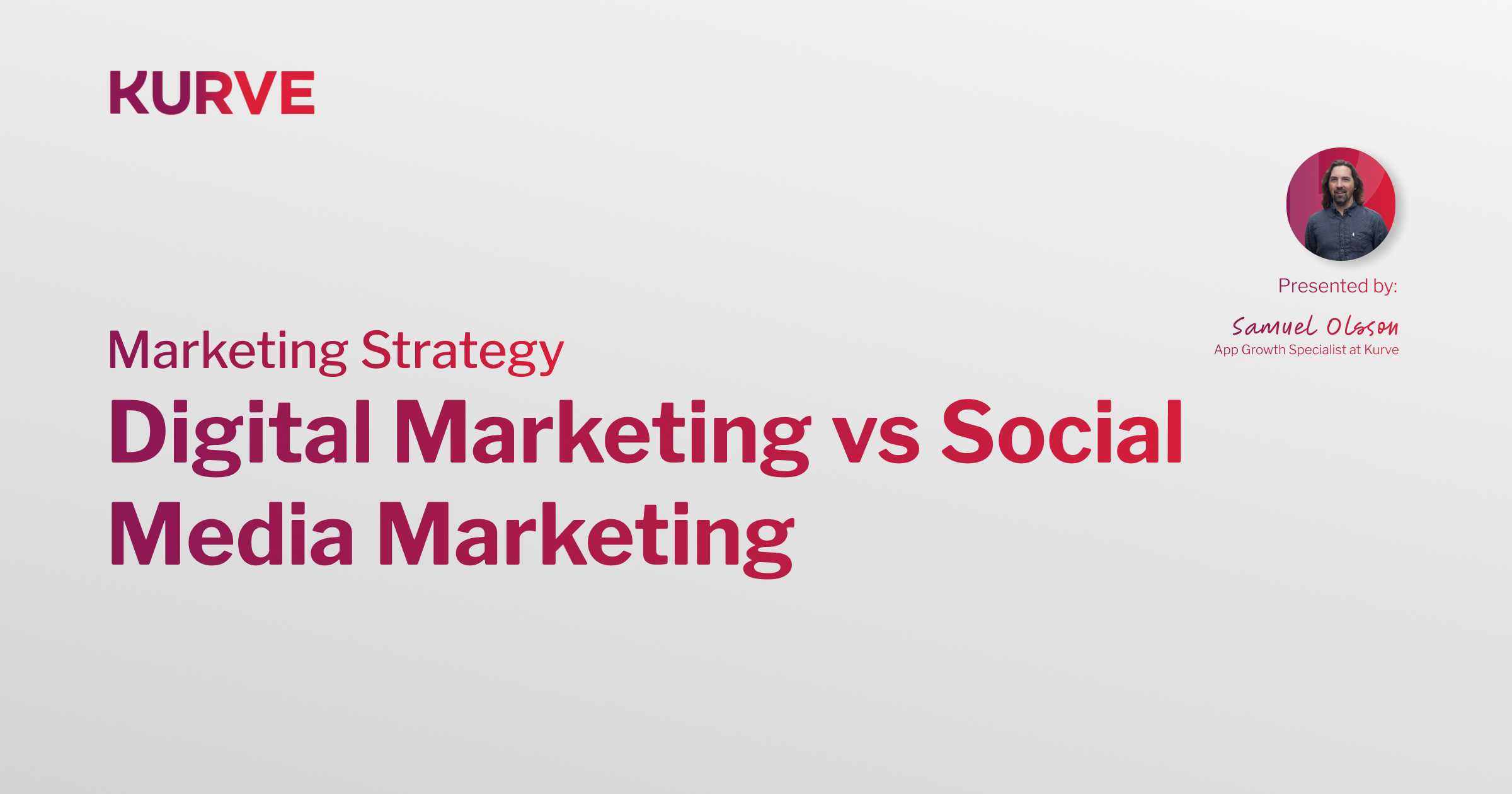5 Cold Outreach Mistakes and How to Avoid Them
If getting results from cold outreach was quick and easy, everyone would do it. But here’s the truth — it doesn’t actually have to be hard. In fact, there are several common cold outreach mistakes that, once avoided, will smooth the way towards a more effective strategy.
In this article, you’ll learn:
— Why failing to prepare your outreach campaign is preparing to fail;
— That it pays to remember the human at the other end of the phone/email/connection request;
— And while there are several things you can’t control, poor data isn’t one of them.
5 Common Outreach Mistakes
1. Not correctly defining ICPs, buyer personas, and target account lists
When you’re up against it in terms of targets or timelines, it can be tempting to take a “see what sticks” approach to prospecting. Yet, blasting your potential customers with a generic message will only ever limit your chances of success — and, as we’ll discover later, could also cause some serious reputational damage.
Effective outreach is about pressing the right buttons of the right people at the right times. And this requires research to define your ideal customer profiles (ICPs), buyer personas, and target account lists. If you don’t go that extra mile to understand who you’re reaching out to and why they might respond, you’re setting yourself up for a fall.
To counter this, you need to prove that you’re paying attention. That you recognise the challenges your prospect faces day-to-day. That you’ve invested some time in them before you even hit send.
In an ideal world, you would either:
a) Use a trigger event to prompt your outreach, crafting your message to meet the prospect’s very specific set of circumstances. These events typically range from a new hire taking up a senior position at a target company, to expansion or relocation announcements or new product launches, or;
b) Reference data you’ve found within custom email fields in your email copy. For example, their use of a specific tool or tech stack, their recent hires, content they’ve published, clients they work with, or funding they’ve just received.
This is where it pays to do your homework — you can strike while the iron’s hot and be super relevant.
2. Failing to offer value before asking for a call or demo
Imagine breathlessly running up to a stranger in the street and launching into your sales pitch. As someone you’ve just met and know nothing about, what are the chances they’ll buy from you there and then? Slim-to-practically-non-existent, right?
Now, let’s play that scenario out online.
Say you’ve crafted an email to a new prospect where you’ve asked for “just” 15 minutes to hop on a sales call. You’ve never spoken to this person before, yet you want them to give up their time. Where is that going to end up? Probably in the trash (where it belongs, frankly).
Whether it’s online or off, people hate being sold to. If you’re too eager and hit them with your pitch in that first interaction, you run the risk of turning them off. You’re essentially asking them to solve a problem for you. But why should they care that you need more sales?
Instead, you need to put yourself in their shoes. Think about what matters to them. Lead with value, tying that first contact to something that affects their business, their job performance, their life. Perhaps you’ve created a white-paper that relates to a pain point they’re experiencing (because you’ve done your research). Or maybe you’ve worked with a similar business and you’ve got a great case study to share.
However you go about it, the goal is to break the ice. Warm them up. Start a conversation. Only then, once you’ve established that there’s a need for your product or service, can you progress to the next stage of calls and/or demos.
3. Not using a multi-channel outbound strategy
Four of the most common outreach channels include email, LinkedIn, cold calling, and direct mail.
When a particular cold outreach method starts to work, it can feel like you’ve struck oil. And as the leads pour in, it’s only natural that your focus rests with the channel that’s driving results. However, building out a single-channel outbound strategy means you miss the opportunity to have multiple touch points:
— You’re inadvertently lowering your visibility. While you’re putting all of your eggs in, for example, the email basket, your competitors are driving engagement across a variety of channels, further increasing brand awareness in the process. You might be cleaning up on email (for now) while they’re laying the groundwork for sustainable and scalable outreach activity.
— You’re limiting your chances of receiving a response. By reaching out via one channel, you’re almost saying “this is the only way to reach me.” But if you implement a multi-channel strategy, you’re providing your target audience with a number of ways to contact you. They get to choose the most convenient method for them when they’re ready.
— It’s getting noisy out there. Email inboxes are overflowing and prospects are becoming numb to unsolicited messages. Using more than one channel (email, social media, phone calls, direct mail) could ensure your message is heard above the hubbub.
4. Not verifying prospect data can damage your domain reputation
There are countless factors outside of your control when it comes to cold outreach — but sourcing valid data isn’t one of them. Poor quality data can ruin a campaign before it starts in earnest. Here’s why:
— Delivery rates matter. You might think that cold outreach is a numbers game, and the more emails you send, the more likely you are to receive a response. A few emails bounce back? So what. No big deal, right? Yes, big deal. If you drop below an average of 85% delivery rate, you could do long-term damage to your domain’s reputation. This could see future emails marked as spam by email providers, further lowering your chances of success.
— Personalisation is key. If your lists are simply made up of names and email addresses, you’re going to find it difficult to segment them, split-test copy variants, and personalise them to such an extent that you’ll push the right buttons. This will decrease open and engagement rates.
Getting your hands on high-quality enriched data, and using an email verification service will help to safeguard your domain’s reputation and improve the likelihood of success.
5. Using multiple CTAs in your copy
If you’ve ever spent an evening scrolling through Netflix trying to find something new to binge, only to give up and rewatch The Office for the millionth time, you’ll know a thing or two about the perils of too much choice. The same idea applies to your outreach messages.
Stuffing your copy with several conflicting calls-to-action is, ironically, asking for inaction.
For example, suggesting that your prospect hits reply to your email; connects with you on LinkedIn; follows you on Twitter, and gives you a call to discuss, all in the same message, will almost certainly guarantee that they do none of those things. In fact, you should only ask someone to do ONE thing. Two requests is already overkill, so adding multiple next-step options is a no-go.
Adding one request makes responding easy. By using a single, standalone, and clear CTA in your message, there’ll be no doubt as to what you want them to do next. That’s what Whirlpool did, for example, cutting CTAs from four to one in an email campaign — which increased CTR by 42%.
In Summary: Common Cold Outreach Mistakes
There’s a common thread that unites these 5 outreach mistakes: lack of preparation. Like most other successful marketing activities, you need to front-load your outreach campaign with painstaking detail.
Be prepared to dig deep into the research; go the extra mile to understand what your prospects want; stay on top of effective outreach channels; verify prospect data and craft clear and compelling CTAs. If you do all of that, your cold outreach could deliver some hot results.
This article is by Kurve's Tom Kelly, an experienced B2B marketing consultant and lead generation expert.
Tom Kelly is an experienced B2B marketer with a passion for working with disruptive technology companies. Over the years he’s driven growth at both early-stage startups right through to larger more mature businesses. Some notable names he’s delivered results for are Demandbase, the leading software provider in the Account-Based Marketing space and Cardano, one of the largest and most successful blockchain projects. Finding clever and cost-effective B2B lead generation strategies is what keeps him awake at night.


